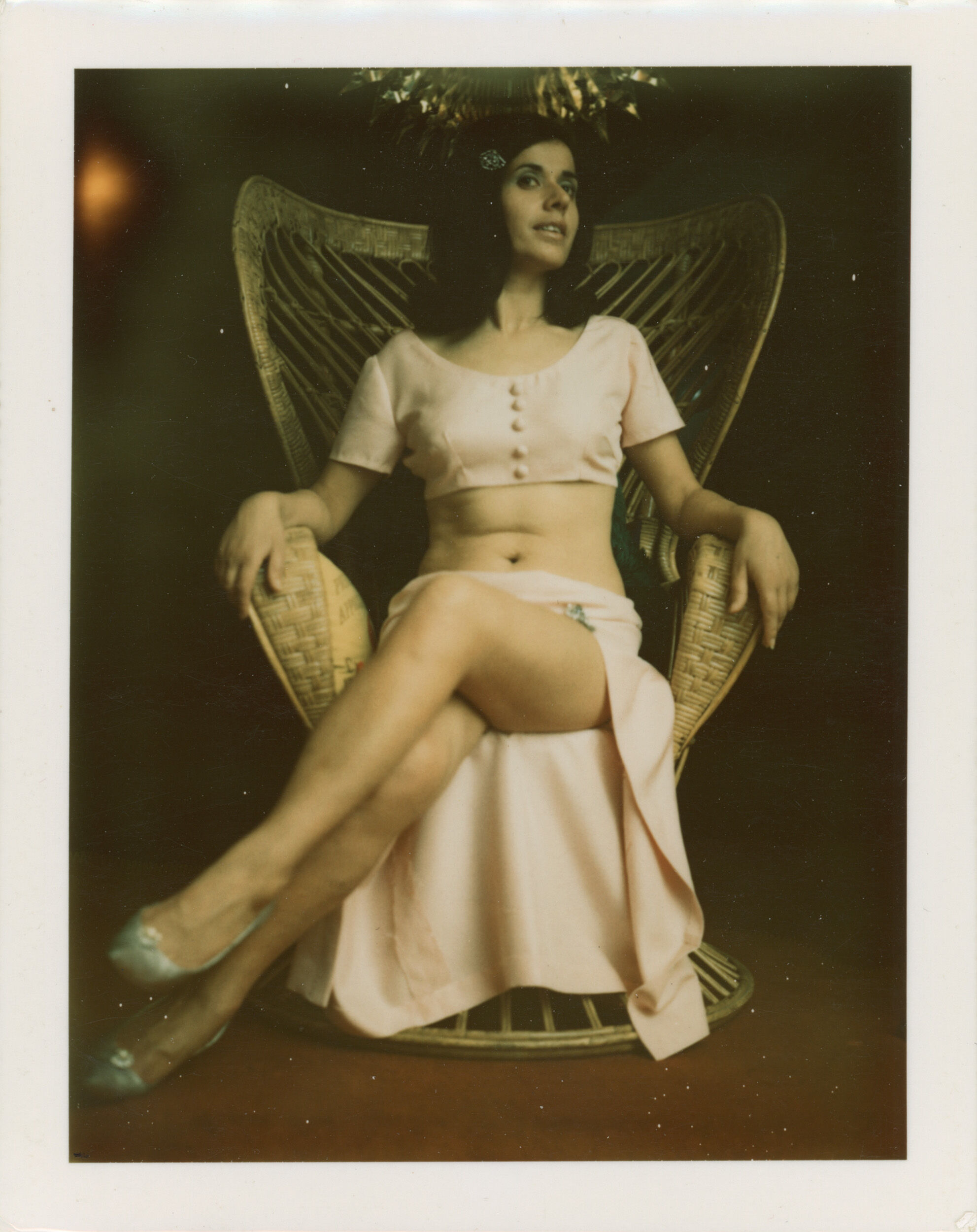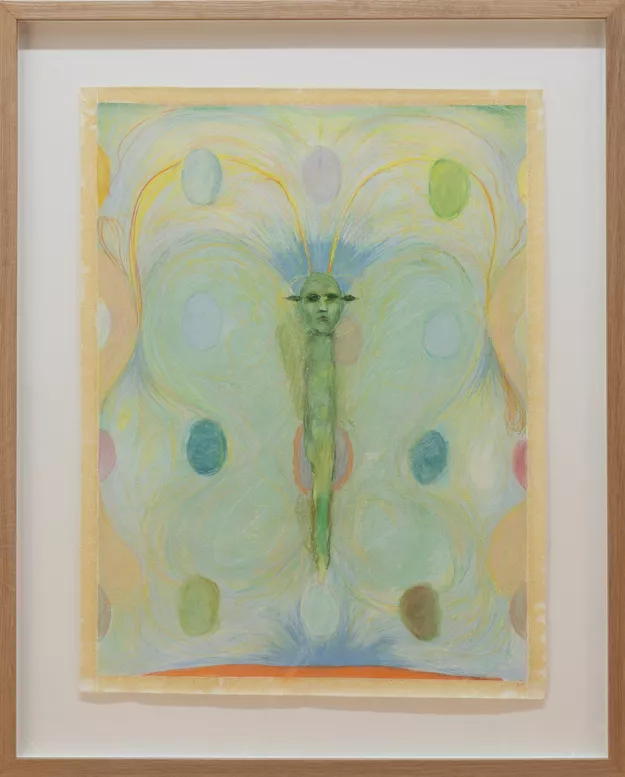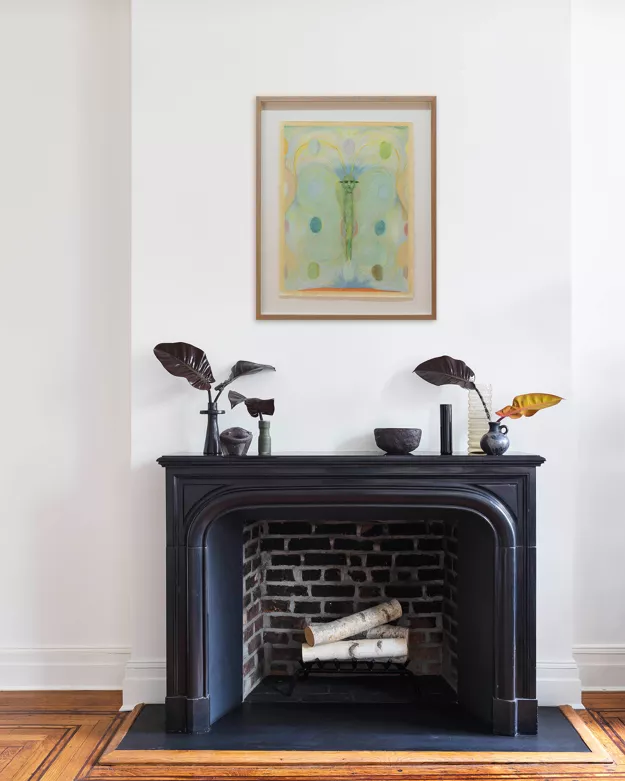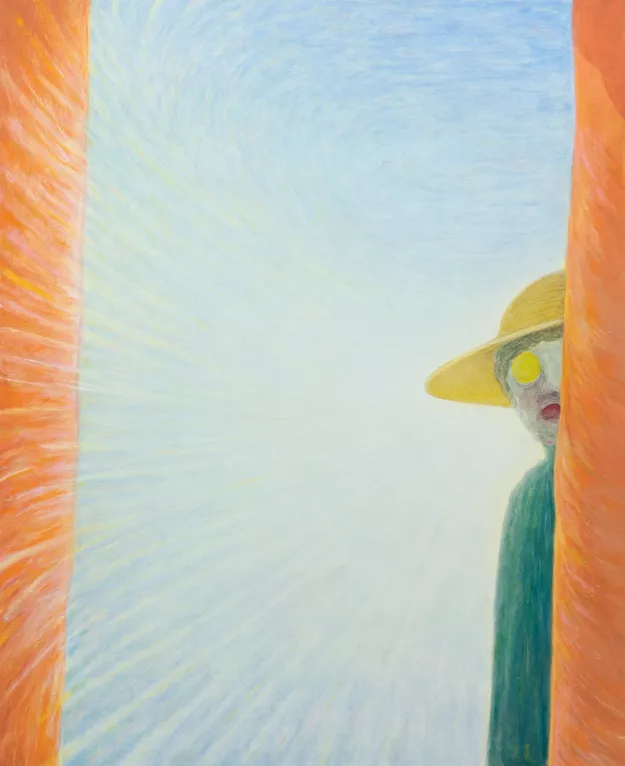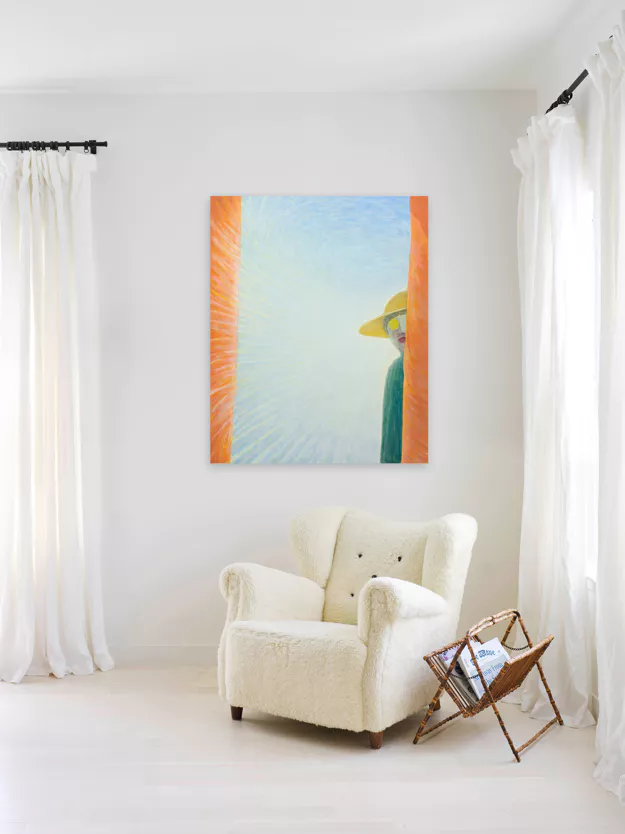Details:
① Artwork:
Untitled
Although seemingly pornographic in nature, the gaze from the woman offers a subtle narrative between model and photographer, making his intentions unclear. Mollino adorned his models in evocative attire and orchestrating backdrops; combined elements, one can see them less as Pin-Up girls and more as architectural sketches of the feminine form.
Carlo Mollino's mesmerizing polaroid images of women began in the early 1960s in his secret apartment, which he had spent eight years decorating, known today as Casa Mollino, in Turin. It became a testing ground where he meticulously crafted his surreal portraits, a trove of nearly 2,000 works imbued with a painterly finesse. Using an instant Polaroid camera that produces images that slowly fade from ghostly faint into focus, he stays true to three critical components of his artistic practice: Love of technology, a fascination with the spirit world, and living life at Mach3 speed. These intimate Polaroids, long concealed from public view until Salon 94's Polaroid exhibition in 2009, offer a tantalizing glimpse into the enigmatic psyche of an artist whose photographic legacy continues to shed new light on the convergence of photography and architecture.
Specs:
② Offered by:
③ Artist:
Carlo Mollino's mesmerizing polaroid images of women began in the early 1960s in his secret apartment, which he had spent eight years decorating, known today as Casa Mollino, in Turin. It became a testing ground where he meticulously crafted his surreal portraits, A trove of nearly 2,000 works imbued with a painterly finesse. Although seemingly pornographic in nature, The gaze from the woman offers a subtle narrative between model and photographer, making his intentions unclear. Mollino adorned his models in evocative attire and orchestrating backdrops; combined elements, one can see them less as Pin-Up girls and more as architectural sketches of the feminine form. Using an instant Polaroid camera that produces images that slowly fade from ghostly faint into focus, he stays true to three critical components of his artistic practice: Love of technology, a fascination with the spirit world, and living life at Mach3 speed. These intimate Polaroids, long concealed from public view until Salon 94's Polaroid exhibition in 2009, offer a tantalizing glimpse into the enigmatic psyche of an artist whose photographic legacy continues to shed new light on the convergence of photography and architecture.
Carlo Mollino (1905–1973), celebrated as one of the preeminent architects and designers of the twentieth century, harbored a lesser-known passion for photography, which became an integral part of his entire artistic practice. Born in Turin, Italy, and the son of a prominent civil engineer, Mollino studied architecture at the Polytechnic University of Turin. Over the years, he gained acclaim for iconic furniture designs and architectural feats, leaving an indelible mark on the design landscape. Mollino's clandestine world of photography was only discovered after he died in 1973.
